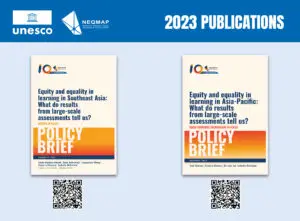In Myanmar, as in other countries, the education system has traditionally placed an emphasis on the rote memorisation of information in teaching, learning and assessment. However, in 2016, the government introduced the National Education Strategic Plan (NESP) which called for a more balanced system of formative and summative assessments that assesses student learning against national learning standards. The 2016 NESP identified the urgent need for the development and implementation of a comprehensive national assessment policy for basic education, which had not existed until then. To follow through on the promise of the 2016 NESP, stakeholders in the country have spent the past two years developing Myanmar’s National Assessment Policy (NAP) and National Assessment Guidelines (NAG) through participatory and bottom-up approaches. These approaches are crucial for the development, implementation, and ultimately the success of these policies.

What are NAP and NAG?
The NAP provides a basis for assessment of kindergarten, primary, middle, and high school students in all public schools, recognised private, monastic, and non-state/non-government schools that implement the Basic Education curriculum. The policy focuses on student-centered learning approach, skill-based learning, soft (21st century) skills, formative assessment, and summative assessment as tools to improve learning and remedial teaching.
To compliment the NAP, the NAG was developed to serve as a bridge between policies and the details of assessment practices. The NAG has been developed to reflect best practices including a learner-centered approach which emphasizes the acquisition of knowledge, skills, and competences; a teaching delivery approach which ensures that all lessons have introductory, exploratory and application parts; and assessments that demonstrate to what extent learning outcomes are met and which inform learning.
Participatory and consultative policy development
A participatory approach was used to develop these policies and ensured the commitment and participation of key stakeholders from teachers, parents, students, and other assessment stakeholders right up to decision makers. Under the coordination of the Department of Myanmar Examinations (DME), a working group comprised of national education and policy stakeholders and international education experts (from the Asian Development Bank, the UK Department for International Development, Japan International Cooperation Agency, UNESCO, and UNICEF) was tasked with the development of the NAP.
To develop the NAP, the DME organized a broad consultative workshop in May 2019 that brought together over 200 participants from all over the country and from development partner organizations. During the consultative workshop, participants made comments the exclusion of non-formal education in the NAP draft, the use of school completion assessment, accountability of educators, grade promotion and retention, certification, and supplementary examination for matriculation. The National Education Policy Commission, National Curriculum Committee and National Accreditation and Quality Assurance Committee provided further inputs to the draft, which the working group used to produce the final NAP document.
The NAG which was developed to serve as a bridge between the policies in the NAP and the details of assessment practices and followed the same consultative process as that of the NAP, with several workshops held in-person and online between February and July 2020. The final version was approved at the end of July 2020.
Challenges and lessons learned.
The development of the NAG and the implementation of the NAP faced several challenges. First, due to the COVID-19 pandemic, Myanmar had to call off large in-person consultative workshops in favor of very small group meetings and virtual meetings. Secondly, the successful implementation of the policy called for the training of teachers and school heads in the policy and guidelines and with the restrictions posed by the pandemic, Myanmar had to quickly develop, publish and/or distribute, pamphlets, white paper series, web-based and social media-based materials to ensure better dissemination. Finally, the development of the policy was a collaboration between international experts and local stakeholders, and this meant that the policy document was written in English and later translated into Burmese. Although the translation was crucial to ensure local stakeholder participation, it posed a challenge as the translators were not subject matter experts and were not very skilled in both languages and this led to translation errors and altering of the meanings of some sentences.
Myanmar’s approach to the development and implementation has shown that it is important to employ consultative approaches when developing/implementing national assessment policies. This ensures strong engagement and commitment from stakeholders on the policy issues and builds strong support for the implementation of the policy. Through this participatory approach, Myanmar has succeeded to develop and implementing a comprehensive national education policy which guarantees inclusive and equitable quality education.
Written by: Aung Htike, the Department of Myanmar Examinations (DME), Ministry of Education, Myanmar and Paul Nde Timah, Quality of Education Team/ Section for Inclusive Quality Education, UNESCO Bangkok
Main photo credit: The Educational Information Department, Ministry of Education, Myanmar






